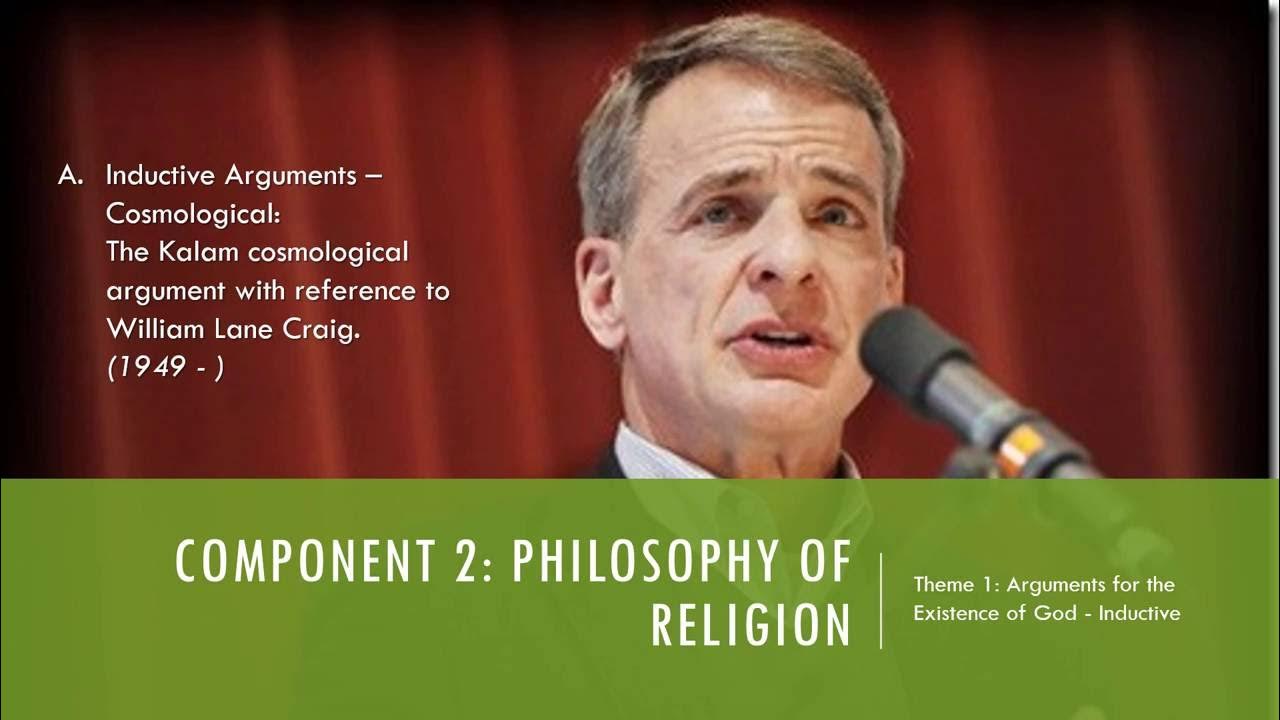The Paradox of an Infinite Universe
Summary
TLDRThe video explores whether the universe is infinite or finite. It discusses the observable universe, a sphere with a 45 billion light-year radius, containing 200 billion galaxies. The real universe could be finite but much larger, possibly curved into a hypersphere or hyperdonut shape. If infinite, the universe may repeat itself, with exact copies of ourselves existing impossibly far away. While these ideas are intriguing, the video ultimately acknowledges that we may never know the true nature of the universe's boundaries. For us, the observable universe is finite and has an edge in time—a perceptible horizon we can see. Despite its apparent limits, this finite universe offers boundless possibilities for humanity's dreams and aspirations.
Takeaways
- 🌌 The observable universe is a sphere with a radius of 45 billion light-years, containing around 200 billion galaxies.
- ⚫ The real universe is likely bigger than what we can see, but it's still unknown whether it's finite or infinite.
- 🍩 If the universe is finite, it could be a hypersphere or a hyperdonut, where space is curved on itself, and you could eventually return to your starting point if you travel in a straight line.
- ♾️ If the universe is truly infinite, it goes on forever in all directions, with no borders or edges.
- 🔄 In an infinite universe, everything made of a finite number of particles could repeat by chance, leading to the possibility of exact copies of yourself existing infinitely far away.
- 🔭 For us, the observable universe is finite, and we can see its edge in time, but it's still more than enough to fulfill all our dreams and those of our descendants.
- ⏳ We're living in a perfect moment in cosmic time, at the tail end of star formation, with so much still to explore and admire.
- 🌌 The cosmological model used by most scientists predicts an infinite universe, but this scenario is not testable or provable with current knowledge.
- 🧠 The concepts of infinity and infinite possibilities in the universe can be mind-bending and paradoxical.
- 🌈 Brilliant.org offers interactive lessons and hands-on courses to further explore scientific knowledge and understanding of the universe.
Q & A
What is the observable universe?
-The observable universe is a sphere centered on us, with a radius of 45 billion light-years. It contains around 200 billion galaxies, each with hundreds of billions of stars, and represents the part of the universe whose light has had time to reach us in the last 14 billion years since the Big Bang.
Why is there an edge to the observable universe?
-We see an edge or horizon to the observable universe because information (including light) cannot travel faster than the speed of light. We can only see parts of the universe whose light has had time to reach us in the 14 billion years since the Big Bang. This edge is really more like an edge in time, rather than a physical boundary.
Is the universe finite or infinite?
-There are two possibilities: either the universe is really big but finite, or it's truly infinite. We don't know for sure which one is correct based on current evidence and observations.
What is a finite universe like?
-A finite universe could be like a hypersphere, where 3D space is curled on itself in a way that means it has no borders or edges. In such a universe, if you travel in a straight line, you would eventually come back to your starting point.
Could the universe be a hyperdonut?
-Yes, some scientists have proposed that the universe could have a hyperdonut shape, which is even harder to visualize than a hypersphere. In a hyperdonut universe, the amount of matter and energy would vary in different directions, leading to some strange effects like seeing the same galaxy at different points in time from different perspectives.
What would an infinite universe be like?
-An infinite universe would go on forever, with no border anywhere. In every direction, you would find more and more galaxies, stars, planets, and potentially new forms of life and civilizations. The universe could even contain infinite copies of yourself and everything else, distributed unimaginably far apart.
Can we ever know if the universe is infinite?
-Unfortunately, if the universe is truly infinite, we will never be able to know or prove it. The reality is that for us, the universe is finite and has an edge, which is the edge in time that we can see with the observable universe.
What is the significance of the observable universe?
-Even if the observable universe feels small, it is more than big enough to fulfill all the dreams and aspirations of humanity and our descendants. Everything we can interact with is within this finite observable universe, which is likely all we will ever be able to explore.
What is the purpose of the Brilliant lessons mentioned in the script?
-The script mentions that Kurzgesagt has partnered with Brilliant to create a series of interactive lessons that allow viewers to further explore the topics covered in popular Kurzgesagt videos. These lessons are designed to take viewers' scientific knowledge to the next level through hands-on, interactive learning.
What is the significance of the limited edition pin mentioned at the end of the script?
-The script mentions a limited edition pin depicting the end of the universe, part of Kurzgesagt's Existential Dread Collection. This pin serves as a reminder that we are living in a perfect moment in cosmic time, at the peaceful tail end of star formation but with still so much to explore and admire in the universe. Purchasing the pin helps support Kurzgesagt's mission to inspire wonder and curiosity about science.
Outlines

このセクションは有料ユーザー限定です。 アクセスするには、アップグレードをお願いします。
今すぐアップグレードMindmap

このセクションは有料ユーザー限定です。 アクセスするには、アップグレードをお願いします。
今すぐアップグレードKeywords

このセクションは有料ユーザー限定です。 アクセスするには、アップグレードをお願いします。
今すぐアップグレードHighlights

このセクションは有料ユーザー限定です。 アクセスするには、アップグレードをお願いします。
今すぐアップグレードTranscripts

このセクションは有料ユーザー限定です。 アクセスするには、アップグレードをお願いします。
今すぐアップグレード5.0 / 5 (0 votes)






